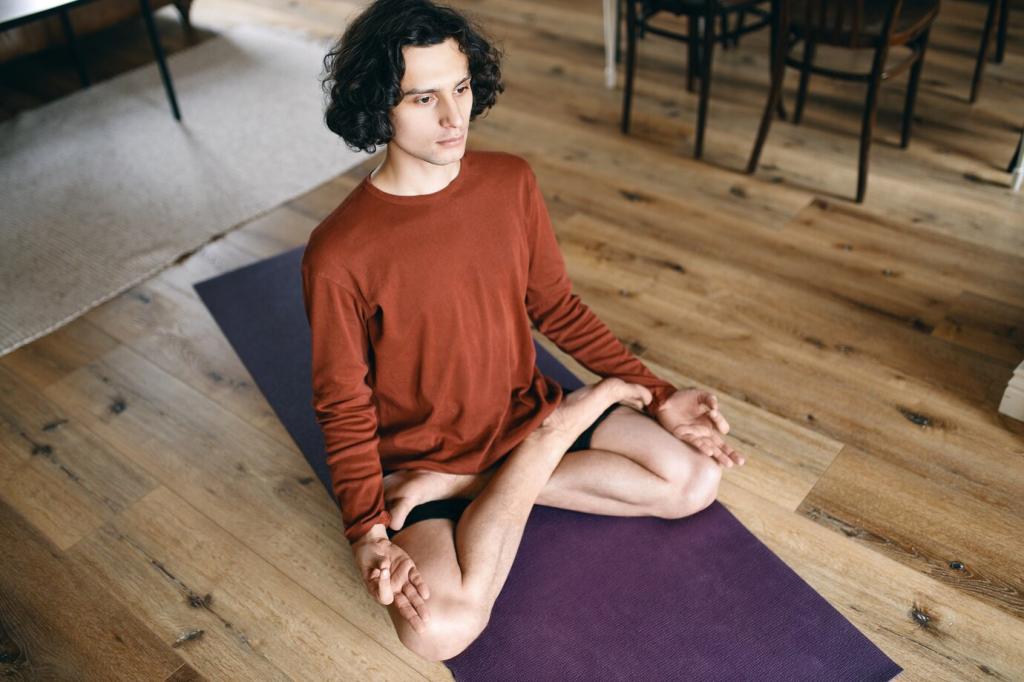Guided Meditation for Novices: Begin Your Calm Journey
Welcome, first-time meditators. This home page is dedicated entirely to Guided Meditation for Novices, offering clear steps, simple practices, and supportive stories to help you start. Read on, try a session today, and subscribe to share your first experiences with our beginner-friendly community.

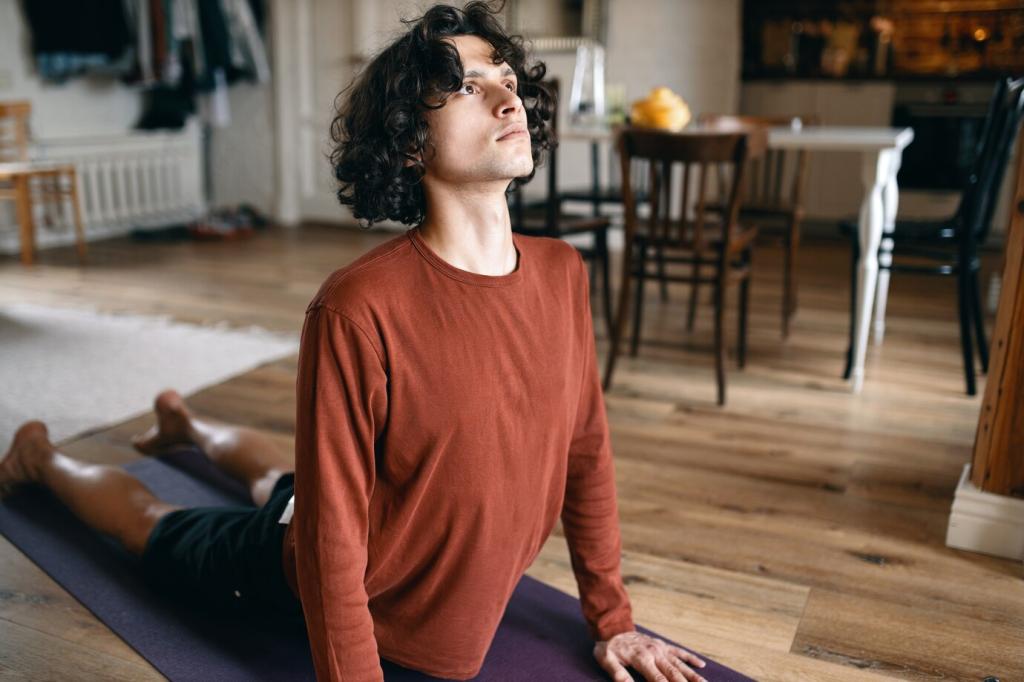
Posture Without Pressure
Sit on a chair with feet flat, or rest on a cushion with a soft, upright spine. Keep shoulders relaxed, jaw easy, and hands resting naturally. In guided meditation for novices, comfort beats perfection because physical ease helps your attention settle without strain.
Your First Five Minutes
Start with a five-minute guided track. Let the narrator carry the structure, reminding you to breathe, notice, and return. If your mind wanders, it is normal, expected, and welcome. Gently come back each time, like placing a feather on still water.
A Beginner’s Breath Story
Maya’s first guided session felt awkward until the cue, “Notice your inhale.” She followed one breath, then another, and the timer surprised her. Guided meditation for novices works like that—small cues, tiny wins, and a growing trust that you can actually do this.

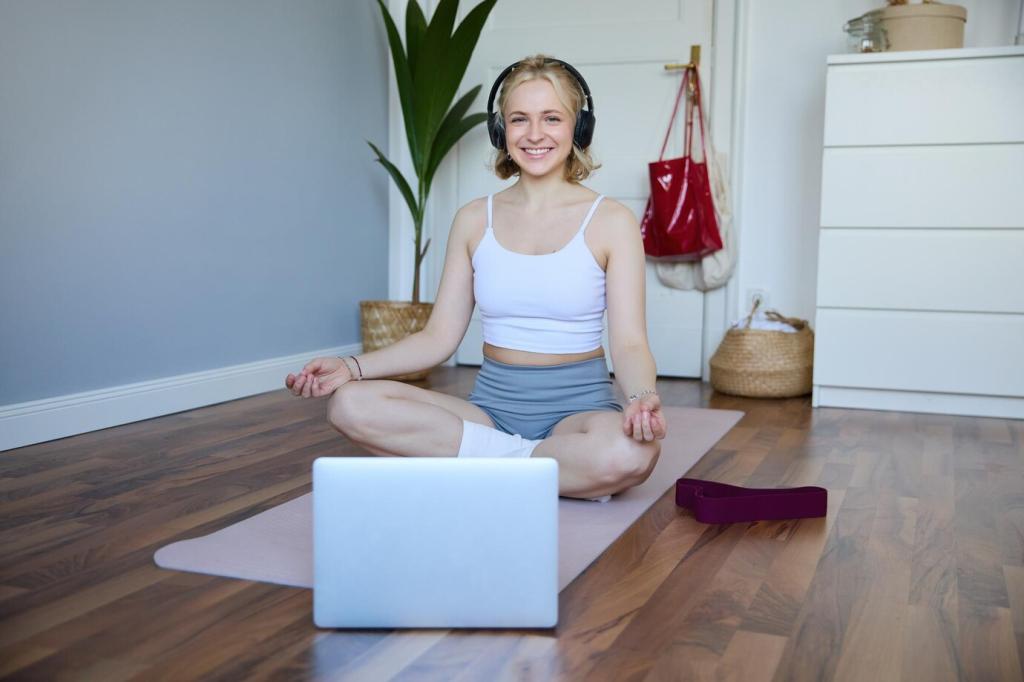
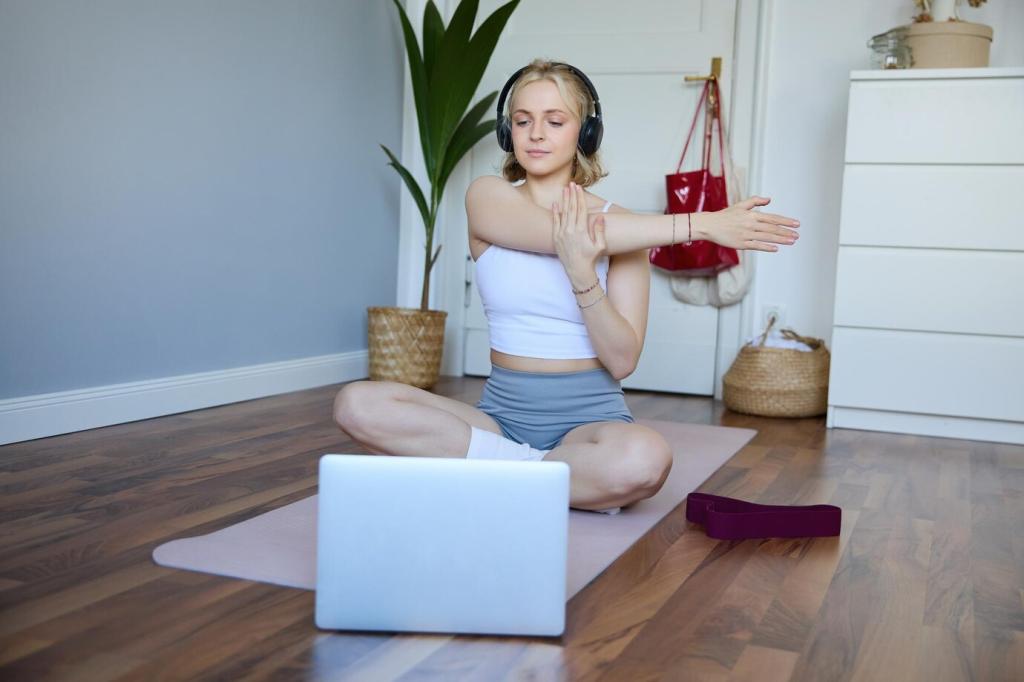

During your first guided session, an itch will arrive like clockwork. Instead of reacting, notice the sensation, breathe, and decide slowly. Scratch deliberately or watch it fade. This tiny choice trains attention, a core skill for novices learning how to stay with experience.

Racing thoughts are common. Use the narrator’s cue, “Label it thinking,” then return to the breath or body anchor. Labeling turns chaos into clarity. In guided meditation for novices, this practice transforms noise into a simple signal that helps you come back.
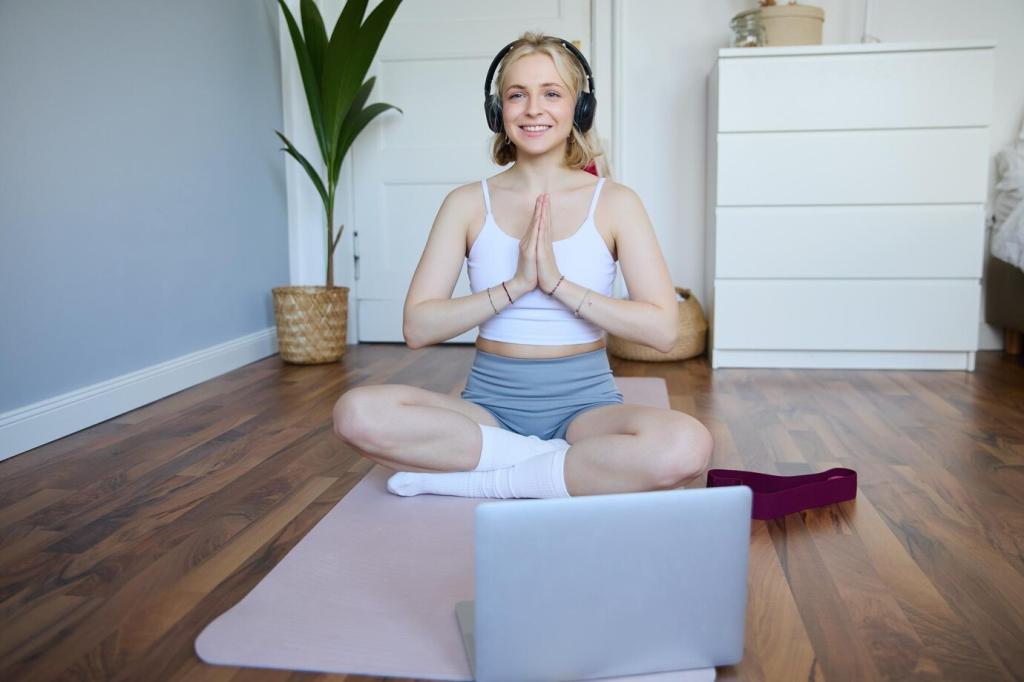
After each session, jot one sentence about what went well. Maybe you noticed three breaths, or returned twice after drifting. Tiny victories compound. Post one micro-win below to encourage new readers who feel nervous about starting guided meditation for the very first time.
Science-Backed Motivation for Beginners
What Research Suggests
Studies suggest guided mindfulness practice can reduce perceived stress, support emotional regulation, and improve attention over time. For novices, brief daily sessions seem especially helpful. Think of it like exercise: consistency, not intensity, builds the mental strength you want.

Creating a Beginner-Friendly Space
The 60-Second Setup
Silence notifications, dim your screen, and set a gentle timer. Sit where your back feels supported. Keep a light blanket nearby. This minimal setup tells your body, “It’s okay to pause.” For novices, predictability removes friction and invites you to actually press play.
Signals for Your Future Self
Place a small token—like a smooth stone—where you meditate. Seeing it tomorrow reminds you to return. Pair your guided session with tea or a window view. These cues anchor a habit so novices can grow consistency without willpower battles every single morning.
Share Your Corner
Describe your meditation corner in a comment: lighting, seat, scent, and sound. Your ideas help other novices create welcoming spaces. We will feature a few setups in our newsletter, so subscribe and send a photo if you would like others to learn from your approach.
Days 1–2: Breath and Body
Use five-minute tracks focused on natural breathing and basic body awareness. Keep expectations light and celebrate any attention you notice. If you drift, return kindly. Invite a friend to try the same tracks and compare notes afterward about what helped you relax.
Days 3–4: Noting and Kindness
Practice labeling thoughts as “thinking” and feelings as “feeling.” Add a short loving-kindness segment guided by a calm voice. Send goodwill to yourself as a novice. This mix grows clarity and warmth, helping you stick with meditation even when energy dips midweek.
Days 5–7: Curiosity and Consistency
Extend to eight or ten minutes with a curiosity-focused track. Notice sounds, sensations, and thoughts without fixing them. Track sessions on a calendar. Share your progress in the comments and subscribe to receive a printable checklist that supports your next two weeks.
Staying Consistent with Gentle Accountability
Set a daily reminder that reads, “Two calm minutes count.” When it pops up, choose a short guided track instead of scrolling. Consistency grows from friendly nudges, not pressure. If you miss a day, simply begin again, which is the heart of beginner practice.
Staying Consistent with Gentle Accountability
Find a practice partner who also prefers guided sessions. Check in twice a week and share the track you used. Knowing someone is walking the same novice path reduces resistance and turns meditation into a supportive, shared ritual you both look forward to.
